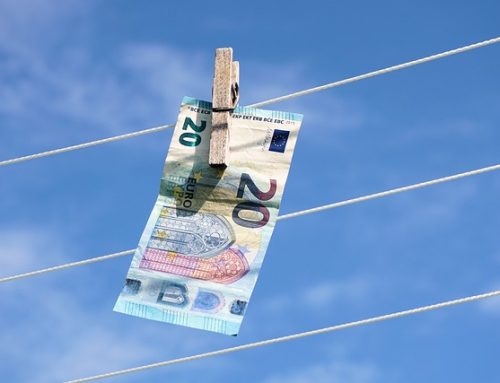December 23, 2022
In the third quarter of 2022, the hourly labour costs rose by 2.9% in the euro area and by 3.4 % in the EU, compared with the same quarter of the previous year. These figures are published by Eurostat, the statistical office of the European Union.
The two main components of labour costs are wages & salaries and non-wage costs. In the euro area, wages & salaries per hour worked increased by 2.1%, while the non-wage component rose by 5.3% in the third quarter of 2022, compared with the same quarter of the previous year. In the EU, hourly wages & salaries increased by 2.8% and the non-wage component by 5.3% in the third quarter of 2022.
Breakdown by economic activity
In the third quarter of 2022 compared with the same quarter of the previous year, hourly labour costs in the euro area rose by 3.6% in the (mainly) non-business economy and by 2.5% in the business economy: +0.7% in industry, +2.2% in construction and +3.4% in services. In the EU, hourly labour cost grew by 3.8% in the (mainly) non-business economy and by 3.3% in the business economy: +1.9% in industry, +3.1% in construction and +3.9% in services.
Wage costs
In the EU, the economic activities that recorded the highest annual increases in hourly wage costs were NACE Rev. 2 section B – ‘Mining and quarrying’ (+14.2%), followed by NACE Rev. 2 sections I – ‘Accommodation and food service activities’ (+5.2%) and N – ‘Administrative and support service activities’ (+4.1%).
Non-wage costs
The economic activities with the biggest annual increases in the non-wage component were: NACE Rev. 2 section B – ‘Mining and quarrying’ (+16.8%), R – ‘Arts, entertainment and recreation’ (+12.5%) and I – ‘Accommodation and food service activities’ (+8.8%)
Hourly wage costs across countries
In the third quarter of 2022 compared with the same quarter of the previous year, the highest increases in hourly wage costs for the whole economy were recorded in Hungary (+16.6%) and Bulgaria (+16.3%). Four more EU Member States recorded an increase above 10% namely: Lithuania (+13.9%), Poland (+13.3%), Greece (+11.6%) and Romania (+10.9%).
Source: Eurostat
Legal Notice: The information in this article is intended for information purposes only. It is not intended for professional information purposes specific to a person or an institution. Every institution has different requirements because of its own circumstances even though they bear a resemblance to each other. Consequently, it is your interest to consult on an expert before taking a decision based on information stated in this article and putting into practice. Neither Karen Audit nor related person or institutions are not responsible for any damages or losses that might occur in consequence of the use of the information in this article by private or formal, real or legal person and institutions.






